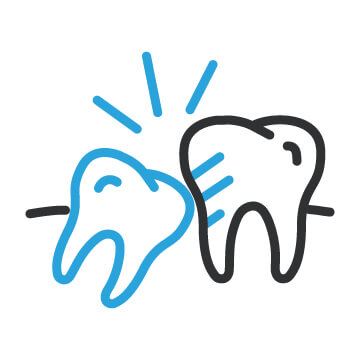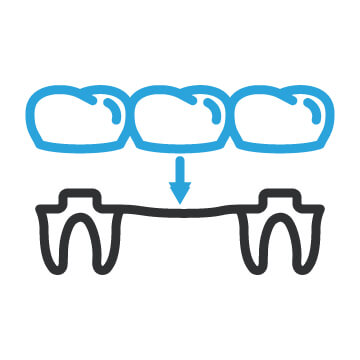Extractions
Extractions
Proactive Towards Infection
If any teeth ever become impacted, they increase the likelihood of infections developing. Having teeth extracted to avoid this is key. Extraction procedures can remove several teeth at once, or even a single tooth. After a dentist discusses things with their patient, they may decide to use a local anesthetic to numb the sites of the teeth being extracted. Patients also may prefer to be completely sedated during a procedure and will go under general anesthesia.
Extractions
Recommended Foods
Should you drink anything, you should not use a straw. The motion of sucking through the straw can cause your sutures to become loose, as well as slow down the clotting process. Smoking is also not recommended. Should you have bleeding, irritation, pain for an extended amount of time, or improper healing you should contact your dentist to schedule a visit.
Soft Foods
- Mashed potatoes
- Thin soups
- Gelatin
- Ice cream
- Yogurt
- Pudding
- Any food that does not require chewing
Extractions
Procedure & After Care
An incision is made in the gum tissue around the tooth to expose it. Tightly gripping the tooth and wiggling it back and forth will loosen it to the point where it can be taken completely out of the gums. There are cases where teeth are so impacted that this is not possible. Should this happen, a tooth will be broken in to fragments and then removed. Once the tooth or teeth are removed, sutures may be used to close the incision at the extraction site. The best option in this situation is to use soluble sutures that will dissolve after some time.
Rest is the key to recovery after having teeth extracted. The anesthesia will leave you incapable of driving so a family member or friend will have to accompany you. It is completely normal for the extraction site to bleed for some time after surgery. At the end of the procedure, gauze will be applied and it will need to be changed once it becomes soaked. Should you be bleeding for more than twenty four hours, you should contact your dentist. When you are resting, you should not lie flat. Doing so may cause the bleeding to last longer. Use a pillow to prop your head up if you decide to lay down. Pain medication may be prescribed to you and you should take it as directed if you are in pain. Ice packs can also help with discomfort. A cleaning solution might also be recommended by your dentist.
Extractions
Wisdom Tooth Extraction
Wisdom teeth protruding through the gums is problematic to say the least and having them extracted is an everyday occurrence. When wisdom teeth don’t line up to come through the gum line uniformly, they become impacted. This will cause the tooth to only come through partially, or come in unevenly. It will also be quite uncomfortable for a patient.
In cases when the wisdom tooth only comes through partially, a flap of skin known as an operculum could form on top of the tooth. This makes cleaning it very difficult. Food or other particles may even get caught under the skin. An infection called pericoronitis can easily develop without proper care. It can go away on its own most of the time, however, a patient can experience discomfort and swelling.
Extractions
Extraction Site Preservation
Considering how to handle the empty space left by a tooth extraction is an important conversation to have. Since wisdom teeth are located in the back of your mouth, there shouldn’t be any issues with it healing on its own. Should there be a need to remove a different tooth, arrangement need to be made. When an extraction site is not properly cared for after a tooth is removed, the jaw bone can degrade and change its form during the healing process. This can in turn cause your teeth to move and shift. This can cause your bite to be misaligned and change your ability to eat food or speak properly.
If you have a structurally sound jawbone, the space can be filled with a dental implant. You can also choose to use a dental bridge if the bridge can be molded before your teeth have shifted.
You can always have an open and honest conversation with your dentist on how to handle this situation before having a tooth removed. Your dentist will give you feedback, recommendations and give you a treatment plan based on your specific case. Follow up appointments should be scheduled after your tooth removal to properly care for your extraction site.
Extractions
Related Procedures
Wisdom Teeth
Typically between the teenage years and the early twenties, the final set of molars or “Wisdom Teeth” emerge. In some cases, wisdom teeth…
Dentures
The base of the dentures is flesh colored and is placed over your gums. At times, people feel that dentures are bulky, or that their…
Bridges
Creating bridges starts by making abutments out of your existing teeth in the area where the bridge will be attached. The teeth are then…




